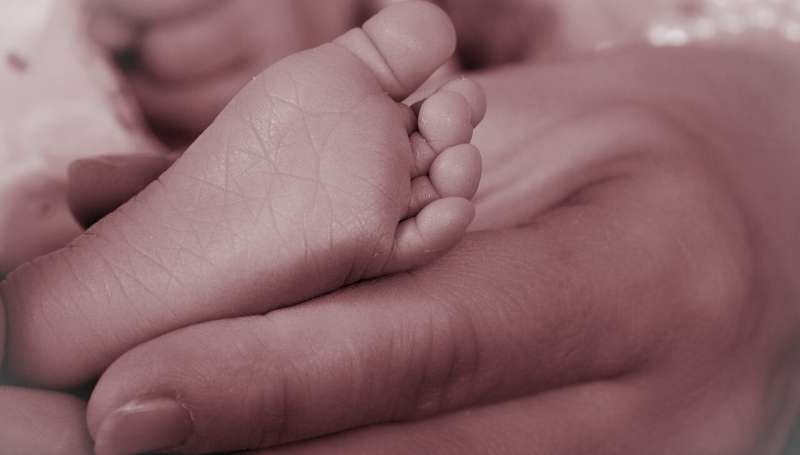
The Pacific island nations are falling back on immunization targets, especially those for diseases spread through mother-to-child transmission, according to WHO officials.
Po Lin Chan, medical officer at the WHO regional office, explains to SciDev.Net that “vaccination has helped reduce prevalence to one percent in the Pacific islands, but reaching 0.1 percent prevalence among children requires additional interventions built on maternal, newborn and child health programs, including antenatal screening of pregnant women for hepatitis B alongside that for HIV and syphilis.”
WHO’s Western Pacific regional office’s response to the issue was to add hepatitis B to an existing vaccination program to eliminate mother-to-child transmission of HIV and syphilis with a goal of reaching 0.1 percent prevalence by 2030.
WHO’s recommendation is based on China’s example. “Since 2010, China has been providing universal testing for each pregnant woman, for HIV, syphilis and hepatitis B and modeling suggests that China will achieve the elimination target by 2029,” Chan says.
For the Pacific islands, according to the epidemiologist Caroline Van Gemert from the Burnet Institute of Melbourne, which is involved in the Vanuatu Health Program, elimination will not be reached even by 2030, unless things change on the ground dramatically. The team presented its work at the World Congress of Epidemiology, held September 3–6.
“To achieve elimination of mother-to-child transmission infections, a country needs to be able to prove that elimination targets are reached—but data are not collected, there are huge gaps that need to be filled to monitor elimination,” Van Germert tells SciDev.Net.
Only Guam, which is administered by the US, is reporting any data, says Van Germert. “I know that other countries are screening pregnant women, but data aren’t released,” she says. Plus, screening is not systematic. “In Vanuatu, it depends on the clinic and the availability of tests. Testing is available more in hospitals than in the community healthcare facilities,” she says.
WHO guidance recommends administration of drugs such as Tenofovir to pregnant women who are infected, to avoid transmission to their babies.
“Treatment is not available on every island. Whether it is at a national scale or at the health care facility level, I couldn’t gather data,” Van Germert says.
According to Van Germert, Pacific countries could fill in a WHO tracking form that has several indicators. “It’s already what WHO does with UNAIDS for HIV surveillance. Every year countries file global AIDS monitoring data,” she adds.
Immunization drives also need to be improved. While some islands have had a universal child immunization program for decades, total coverage is elusive because of logistics between the main islands of each country and the outer islands.
Source: Read Full Article
